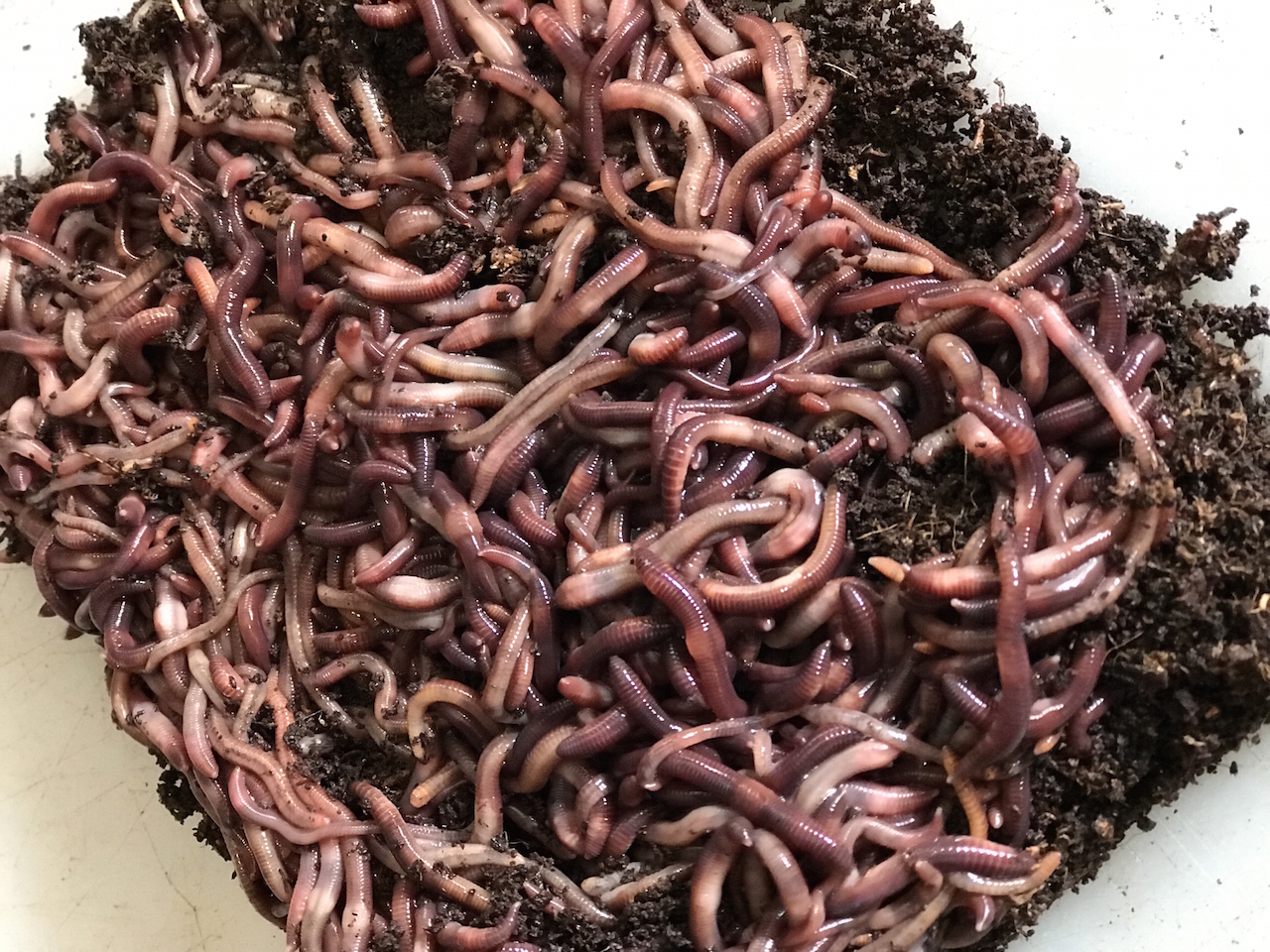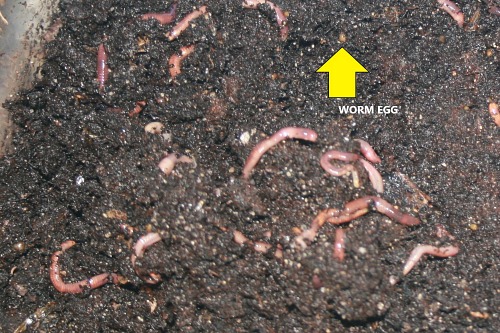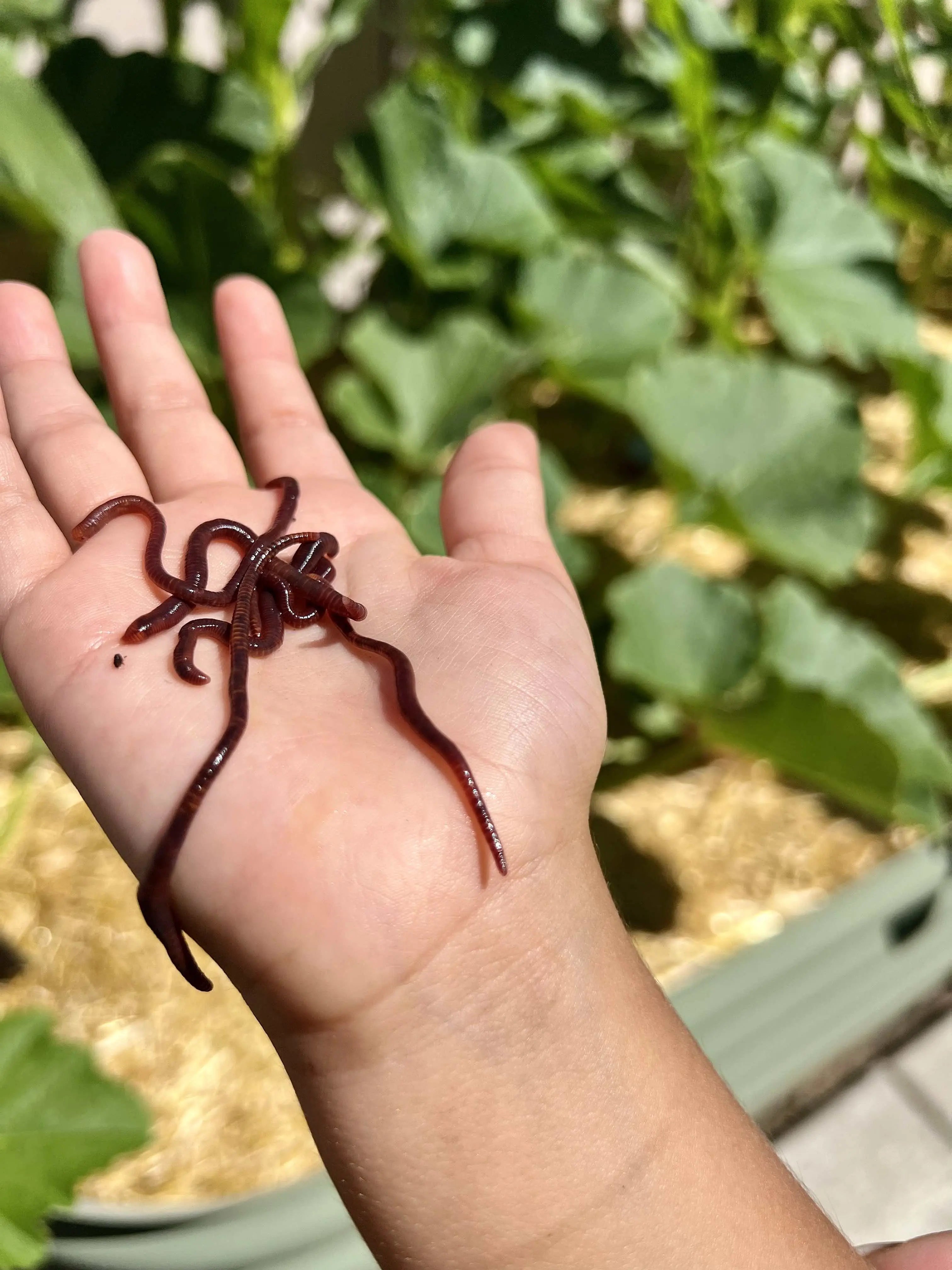Lake Hickory Bait: Your Ally for Successful Fishing on the Lake
Lake Hickory Bait: Your Ally for Successful Fishing on the Lake
Blog Article
Red Wigglers: The Unsung Heroes of Organic Waste Recycling
Red wigglers, or Eisenia fetida, act as critical representatives in the natural waste recycling procedure, transforming disposed of products into beneficial vermicompost. Their effective breakdown of raw material not only enhances dirt quality yet also adds to sustainable waste monitoring methods. As the world progressively seeks options to combat waste build-up and improve agricultural performance, understanding the duty of these worms becomes vital. What systems allow them to thrive in garden compost settings, and exactly how can they be effectively utilized in both domestic and commercial setups? Checking out these inquiries discloses the broader effects of vermicomposting in our environmental landscape.
What Are Red Wigglers?
The amazing durability of red wigglers, medically called Eisenia fetida, highlights their essential function in natural waste recycling. These small, reddish-brown earthworms are usually located in disintegrating organic issue, such as compost stacks and manure lots. Lake Hickory Bait. Unlike other earthworm varieties, red wigglers grow in nutrient-rich atmospheres and are extremely efficient at damaging down organic materials, making them vital for vermicomposting

(Red Wiggler Express)In enhancement to their function in waste reduction, red wigglers add to soil wellness by enhancing soil framework and oygenation via their burrowing tasks (Lake Hickory Bait). Their presence in composting systems not just boosts disintegration rates yet likewise promotes a lasting technique to waste monitoring, illustrating their value in eco-friendly preservation efforts
Benefits of Composting With Worms
Composting with worms, particularly red wigglers, uses various benefits that improve both waste management and dirt wellness. First, these worms successfully break down organic waste, transforming it right into nutrient-rich vermicompost that enriches soil. This procedure increases decomposition, enabling a faster recycling of cooking area scraps and other organic materials compared to conventional composting methods.
Furthermore, the vermicompost generated by red wigglers is including helpful microbes, which aid enhance dirt structure, aeration, and dampness retention. This boosts the total health of plants, advertising vigorous growth and raised yields in gardens and agricultural setups. Additionally, the usage of worms in composting reduces the manufacturing of greenhouse gases, such as methane, adding to an extra lasting waste monitoring system.

How to Begin Vermicomposting
Establishing a vermicomposting system is an uncomplicated process that can generate considerable advantages for both waste monitoring and soil enrichment. To begin, select a suitable container, such as a plastic bin or wooden box, with adequate ventilation holes to make sure appropriate air movement. The dimensions need to ideally be about 2 feet by 3 feet, allowing sufficient area for the worms to grow.
Following, prepare bedding product, which can include shredded paper, cardboard, or coconut coir. This bed linens ought to be moistened to produce a suitable environment for the worms. When the bedding remains in location, present red wigglers (Eisenia fetida) into the bin, commonly around one extra pound of worms for every single square foot of area.
Adhering to the positioning of worms, include organic waste, such as fruit and veggie scraps, coffee grounds, and smashed eggshells. With these actions, you will efficiently initiate a vermicomposting system that adds to lasting waste monitoring and enriches your dirt.
Keeping a Healthy Worm Container
(Red Wiggler Express)Maintaining a worm bin growing calls for normal focus and treatment to make certain the health and wellness of the red wigglers and the effectiveness of the composting process. Proper upkeep starts with monitoring the dampness degrees; the container needs to perspire yet not saturated. A good guideline is to maintain an uniformity comparable to a wrung-out sponge.
Carefully blending the bed linen and food scraps every few weeks prevents compaction and makes certain that all worms have accessibility to oxygen. Furthermore, it is vital to feed the worms appropriately.
Temperature policy is an additional important aspect. Red wigglers prosper in a series of 55 to 77 degrees Fahrenheit. If the bin ends up being as well warm or cool, the worms might become stressed - Lake Hickory Bait. Finally, periodically look for signs of health and wellness, such as worm populace development and the existence of healthy spreadings. By faithfully handling these variables, one can keep a durable and effective worm container.
Effect On Sustainable Living
The successful upkeep of a worm bin not only profits the health and wellness of red wigglers yet likewise adds significantly to sustainable living techniques. By recycling organic waste, such as cooking area scraps and backyard debris, red wigglers assist divert considerable amounts of product from landfills. This reduction in waste not only reduces greenhouse gas discharges but likewise reduces the environmental worry related to waste management.
In addition, the spreadings produced by red wigglers work as a nutrient-rich organic plant food, boosting soil health and wellness and advertising plant growth. This natural choice to chemical plant foods supports sustainable farming and gardening techniques, lowering dependence on artificial inputs that can damage environments. In addition, worm composting fosters recognition of waste administration, motivating individuals and areas to adopt even more sustainable routines.

Conclusion
In recap, red wigglers work as vital contributors to natural waste recycling through their efficient disintegration of organic products. Their ability to generate nutrient-rich vermicompost boosts dirt wellness and supports sustainable agricultural methods. By incorporating vermicomposting right into waste administration techniques, people and areas can substantially lower waste while advertising ecological sustainability. The duty of Eisenia fetida in cultivating healthy and balanced communities emphasizes the value of these organisms in attaining lasting living and boosting soil fertility.
Report this page